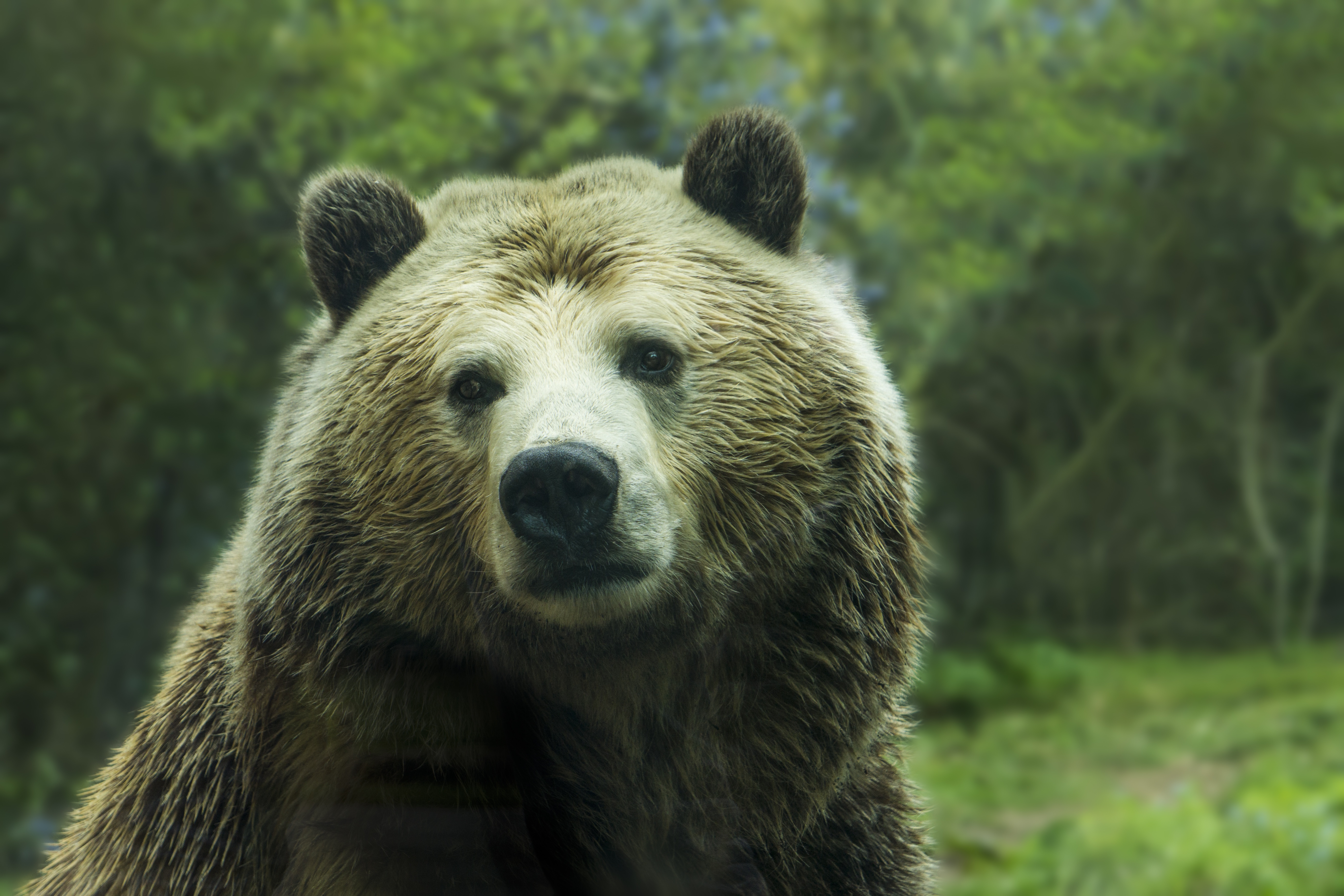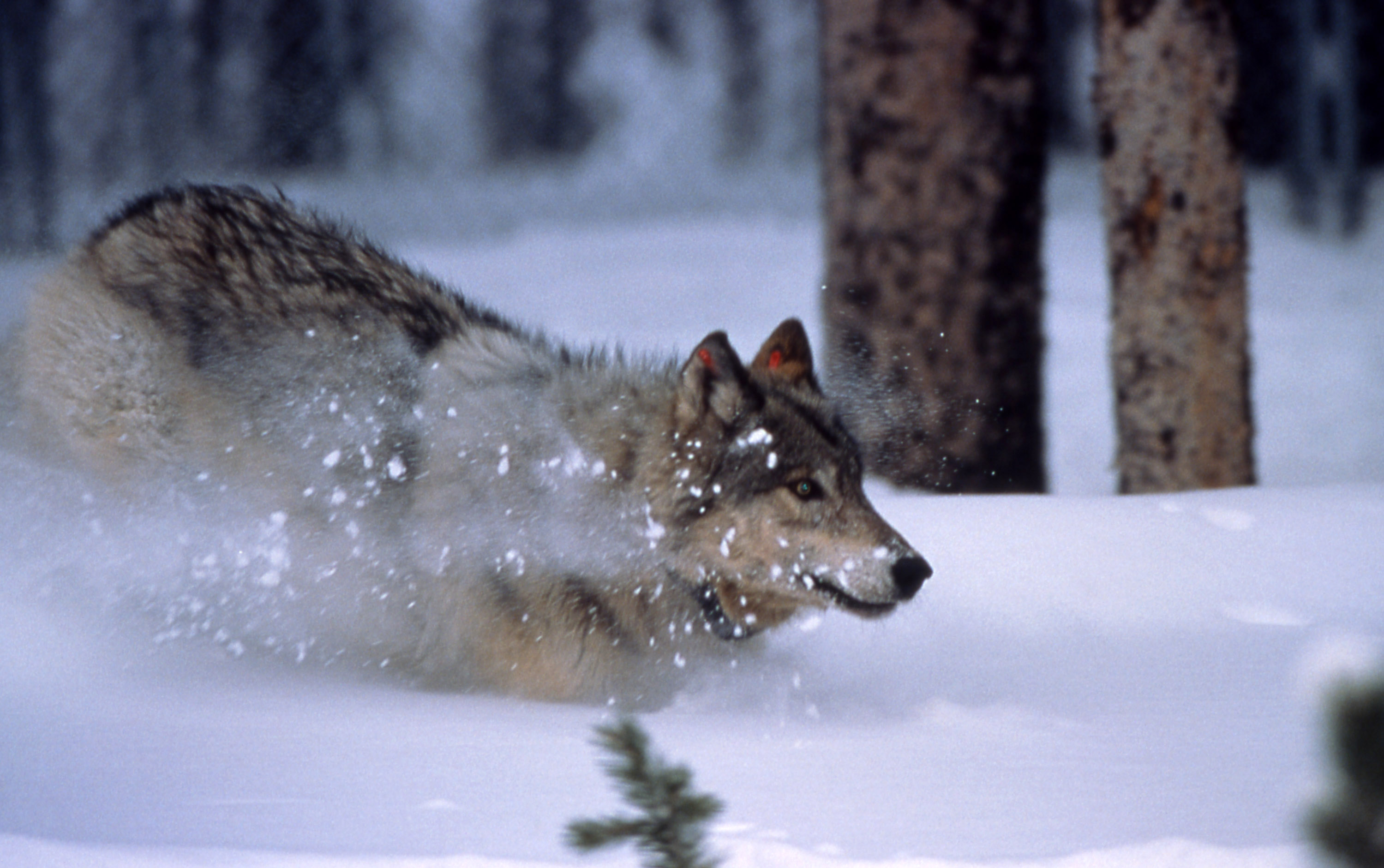Morel season is here! Went out foraging this morning and brought home just under three pounds of the beauties. Found both big fat yellow and smaller grayish morels today.
Morel, Morchella esculenta, is a sac fungi, distinguished by the honeycomb-like ridges and furrows of its cap and hollow body. They commonly grow along riverbanks and forests at the base of hardwood trees and shrubs such as privet.
When harvesting morels, I like to use a curved-blade knife to cut them close to the ground rather than pull them up because pulling them can damage the mycelium and hurt the next cycle of fruiting. Further, when harvesting morels, it's good practice to try to leave some behind, both for the deer and also for the propagation of future morels. If we pick every one that we see, we leave none to release spores and reproduce and eventually a patch of morels might disappear. Often, though, there will be enough older morels around that have begun to decay that you can collect the younger fresh ones and the patch will go on to produce next year's bounty.
This is me holding some of the morels I found today! Side note, the shirt I'm wearing is one I got from participating last year in a march to raise awareness of the approximately 22 veterans who take their lives each day. It's tragic and needs more focus and attention. For more on this, please visit https://www.22toomany.com/.
The way I like to prepare morels is to clean them, of course, wash thoroughly and get all the slugs and ants and spiders out of the crevices, cut them in half and rinse off any sand that might be up inside or along the grooves. Sauté them in an ample amount of butter, add a little salt and pepper and cook to a thorough crisp. You want them browned completely, cooked through, they should have a bit of a crunch to them. We really prefer them this way as opposed to any other way, they're not nearly as good if they are at all mushy.
On my foraging excursion today, there were heaps of mushrooms out. I spotted wood ear mushrooms, some jelly fungi, dozens of little brown mushrooms, and some healthy turkey tails, Trametes versicolor. These rains have served the springtime mushrooms well. I also picked up these two small puffball mushrooms, Bovista, and spotted this friendly little turtle who hunkered down as I passed. I intend to fry up these little puffballs along with my morels. Should be a good dinner tonight!
My daughter holding one of the larger morels I found today. We'll be lucky if she leaves any for us tonight when we cook them, she loves her some gourmet mushrooms.
For more information about morels and mushroom identification, please visit https://en.wikipedia.org/wiki/Morchella and I recommend picking up a mushroom identification book or two. Morels are very easy to ID, but there are certain features to be mindful of in terms of the potential for lookalikes. The hollow body is the prime feature to spot, if you cut one in half and it's not hollow, it's clearly not a morel and I wouldn't recommend eating it.
Always be sure you are 100% positive of the identification of mushrooms before consuming them. Regarding the puffballs pictured above, if you're not sure about a puffball, cut it in half, if you see gills, it's not a puffball, it's a young fungi that hasn't yet opened up. Do not eat it. Also, if the puffball mushroom has any discoloration inside, this is a sign that the fungi has begun to produce spores, which are toxic, do not eat it. If you're not sure, ask an expert or do more research.
Thanks for reading and happy foraging!
Peace!



































